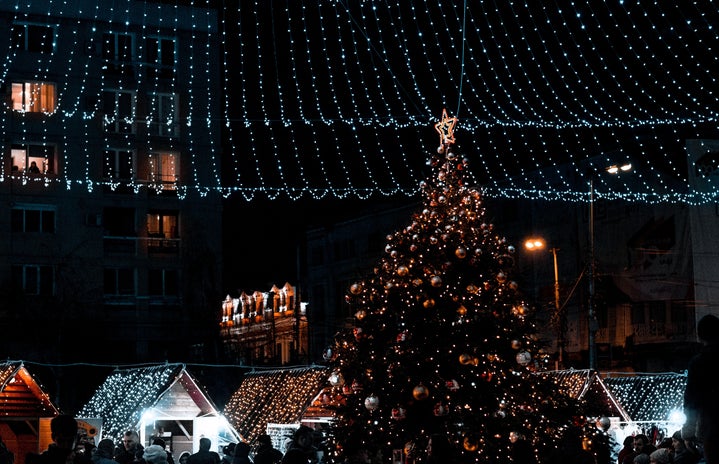It’s the most wonderful time of the year. The holiday season is filled with falling snow, catchy carols, and time with family and friends. But amidst this cheerful atmosphere, we may be forgetting a very special relative: Mother Nature.
As we hang ornaments from our Christmas trees this year, we may be disregarding the environmental impact of those very trees. The time-old debate of real versus fake trees may have even more complex implications for the Earth.
The following information comes from a Yard and Garden report from NDSU.
Real Christmas trees can actually have positive effects on the environment given their use for land that cannot grow other crops and their ability to be recycled after use. However, the farms themselves may have some negative impacts on the natural environment. For instance, trees act as carbon sequesters, which means they store carbon so it doesn’t get emitted into the atmosphere. When these trees are cut down for the holidays, they release carbon into the air, thus hindering the production of Oxygen. As they’re shipped out, transportation services utilize fuel, which also releases harmful emissions.
Does this mean artificial trees are better? Not necessarily. Artificial trees are reusable, but they also require the same energy as six real trees. And the manufacturing of these trees releases pollutants and requires much more fuel given the far transportation required for mass-produced artificial trees. When these trees are thrown away, they become waste!
So, what’s the best option for an environmentally friendly Christmas? There’s not necessarily a right or wrong answer. Just remember, if you do want to be sustainable, shop your real tree locally and recycle it after use. After its use, it can be turned into mulch for soil, or be chopped into small wood chunks for other uses. And if you do choose an artificial tree, try to use it for at least 6 years and donate it when your use is over.
Next time you’re decorating for the holiday season, you can stay in the holiday spirit and be environmentally conscious!


